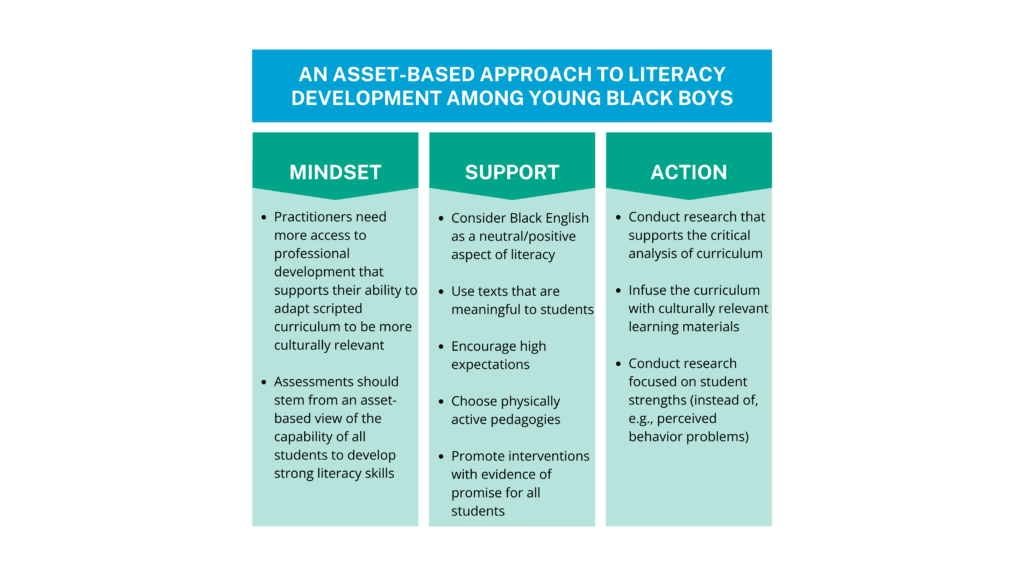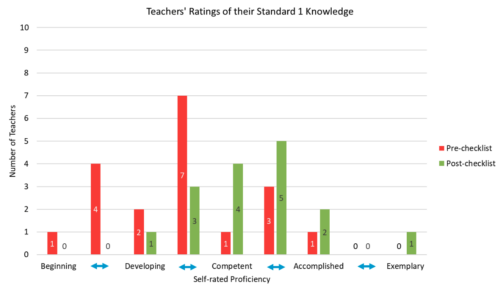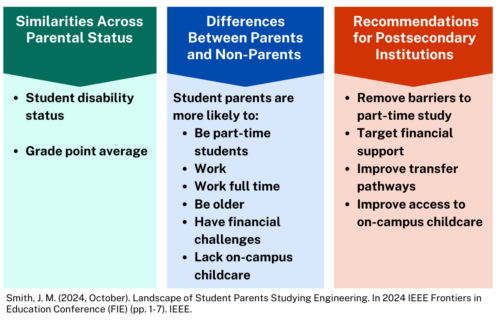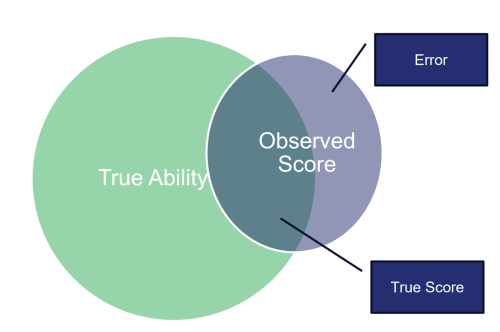A Guide to AI in Schools: Perspectives for the Perplexed
Announcing the Release of A Guide to AI in Schools: Perspectives for the Perplexed
by Dr. Julie M. Smith
Dr. Smith is a Senior Education Researcher at the Institute for Advancing Computing Education, where she specializes in computer science and AI education.
Most new technologies, like laptops, are adopted in schools as the result of a deliberate policy choice. But generative AI is different: it is an arrival technology, which means that it arrived without formal adoption – students and teachers simply began using it. This arrival has left schools scrambling to respond to many challenges, including questions about academic integrity and data privacy. To assist with that response, IACE – in collaboration with MIT’s Teaching Systems Lab and Diamond Shoals Productions – has assembled a guidebook based on interviews with dozens of teachers, administrators, and students.

This guidebook is designed to support teachers and other school leaders as they determine what AI policies or guidelines to craft. Much about the implications of generative AI in education is still unknown, making it difficult to provide that guidance –despite how much it is needed. As Justin Reich (the Director of MIT’s Teaching Systems Lab) noted, “A guidebook of tying knots will show you exactly how to tie the knots the correct way. A guidebook on AI in schools in 2025 can’t possibly do that because we don’t even know what the knots are, let alone how to tie them. What we can show you is how people are taking this new kind of rope and bending it around in interesting ways,some of which might prove sturdy and some of which might prove faulty. And we won’t know which is which for a long time.”
This guidebook is not meant to be prescriptive or definitive. Rather, we envision it as akin to an invitation to observe a conversation in the teacher’s lounge about how teachers think about AI, what they are seeing in their classrooms, and what they’ve tried and how it went. We include a lot of case studies – we hope these will spark thought and discussion, allowing you to draw from other schools’ experiences. We also liberally excerpted statements from the interviews we conducted in order to center teachers’ voices in this conversation.
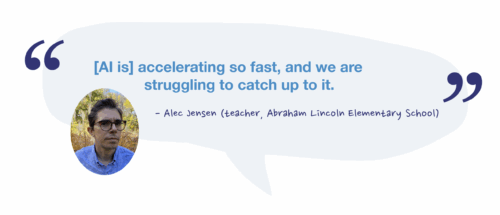
We include a lot of case studies – we hope these will spark thought and discussion, allowing you to draw from other schools’ experiences. We also liberally excerpted statements from the interviews we conducted in order to center teachers’ voices in this conversation.
A Guide to AI in Schools: Perspectives for the Perplexed is designed to support teachers and other school leaders as they determine what AI policies or guidelines to craft. Please visit our webpage to access the guidebook.
Guidebook citation:
Julie M. Smith, Jesse Dukes, Josh Sheldon, Manee Ngozi Nnamani, Natasha Esteves, and Justin Reich (2025). A Guide to AI in Schools: Perspectives for the Perplexed. Retrieved from https://tsl.mit.edu/ai-guidebook/
Acknowledgements:
Interviews were supported by the Spencer Foundation, the Kapor Foundation, the Jameel World Education Lab, Google’s GARA program, the Social and Ethical Responsibilities of Computing initiative at MIT (SERC), and the RAISE initiative, Responsible AI for Social Empowerment and Education, also at MIT. This material is based upon work supported by the National Science Foundation under Grant No. 2219365. Haley McDevitt is the guidebook designer and illustrator.

